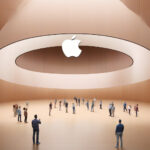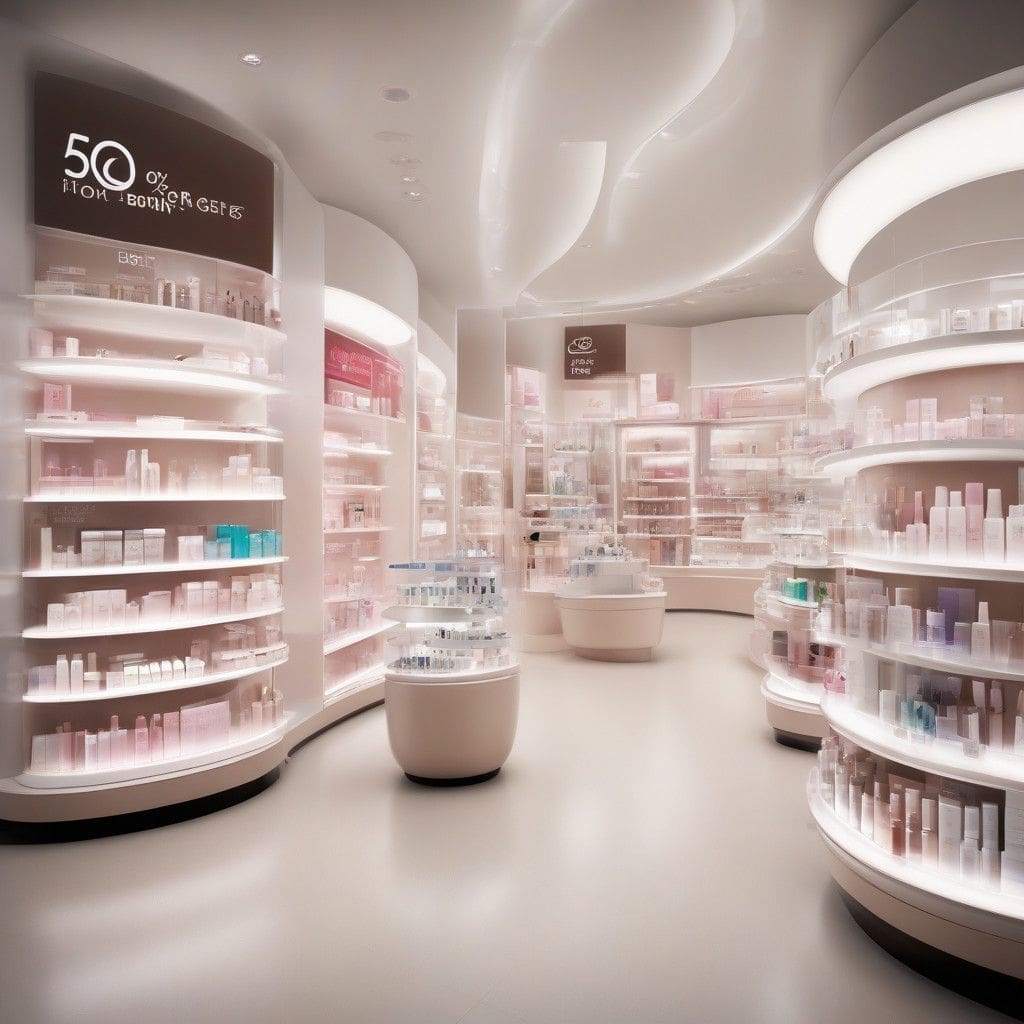In a challenging economic landscape, Procter & Gamble Co. (P&G) has reported lackluster financial results once again. The company recorded a mere 2 percent rise in organic sales for the fiscal first quarter ending on September 30, falling short of analysts’ expectations of 2.1 percent growth. This marks the second consecutive quarter of slow sales growth, primarily attributed to stagnating price increases and notable weaknesses in key categories like beauty and baby care.
The modest price increase of 1 percent during this period was on par with the previous quarter and significantly lower than increases observed a year ago. A concerning decline in P&G’s beauty segment, particularly within its premium SK-II brand, has raised alarms among investors. This brand’s disappointing performance, especially in China, overshadowed gains in other categories, including fabric and home care, with products like Tide detergent unexpectedly outperforming market expectations.
Market reactions were immediate, with P&G shares dropping 0.8 percent before trading began on Friday. However, the stock has still managed to climb 18 percent year-to-date, despite the S&P 500 Index seeing a 22 percent gain within the same timeframe.
Despite these challenges, P&G maintains a forward-looking perspective, reiterating its revenue targets and projecting organic sales growth of up to 5 percent for the current fiscal year. Chief Financial Officer Andre Schulten acknowledged the softer quarter, attributing it largely to adverse factors in key international markets such as China and the Middle East. Ongoing geopolitical tensions in the Middle East have led to consumer boycotts and diminished purchasing power, while in China, a significant drop in consumer confidence has made spending patterns more cautious. Schulten noted, “Those two are really the headwinds here, but the core of the business is strong.”
Considering these hurdles, P&G strived to mitigate the impacts by leaning into premium product lines, including total body deodorant and specialized razors designed for different body areas. The strategy seems to pay off with more expensive items, such as Oral-B electric toothbrushes, showing promising sales. Moreover, the company plans to release a lower-priced version of the toothbrush to attract budget-conscious consumers.
In terms of profitability, P&G’s first-quarter adjusted gross margin met estimates, despite facing unfavorable commodity costs. Schulten pointed out that, while price increase strategies have slowed, he does not foresee a decline in costs. “There’s no cost development that would justify deflationary adjustment for us nor for the industry,” he stated.
Another key segment under scrutiny is P&G’s baby care category, which reported volume declines during the quarter. In response, P&G has recently launched an upgraded version of its Luvs baby diapers, branded as Platinum, which claims to offer enhanced softness and absorbency. Although Schulten acknowledged the novelty’s early-stage potential, results from this initiative remain to be seen.
In the competitive realm of beauty products, P&G is modifying its advertising strategies in China, opting for a more targeted approach in light of sluggish sales in oral care as well. Schulten expressed concern over consumer sentiment in the region, citing a heavy reliance on the performance of the stock and real estate markets, which has made consumers reluctant to spend.
Overall, P&G’s recent financial performance reveals significant insights into the current state of consumer preferences and market dynamics. The company’s proactive approach to navigating through adverse economic conditions exemplifies its commitment to maintaining viability within the consumer goods sector. Despite temporary setbacks, P&G appears to be strategically positioned to foster growth, particularly with its premium product offerings and adjustments in marketing strategies aimed at regaining consumer trust and confidence.












